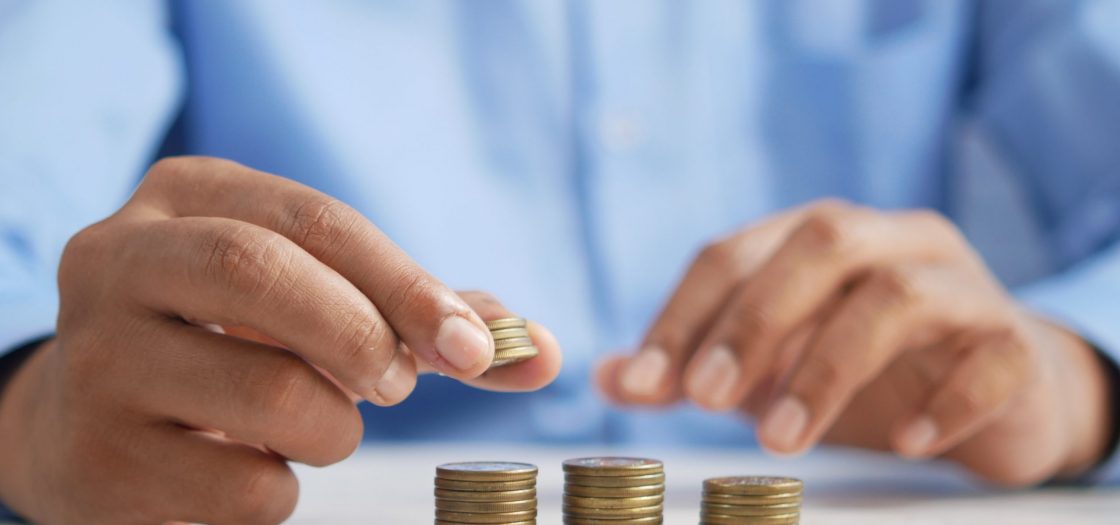
As a business owner, you’re responsible for overseeing all aspects of your company, from sales and marketing to finance and operations. Knowing how to pay yourself as a business owner for all your hard work can be challenging to figure out. In the following paragraphs, we will dig into the essential factors to remember when paying yourself!
How To Pay Yourself As A Business Owner
There are a few different ways to pay yourself as a business owner. The most common method is to set up a salary or draw account, which is a bank account within which you can deposit your paychecks. You can also take money out of the company as distributions or dividends.
Understanding the different ways to pay yourself as a business owner can ensure you get the money you deserve. Keep in mind, though, that it’s essential to have a solid financial plan in place so you can make informed decisions about your company’s future as well as your own.
Method 1: Salary
When you take a salary, you’re paid a set amount each month, regardless of how well the company is doing. This can be helpful if you want to ensure you always have a steady income, even when business is slow. However, if you choose this option, remember that you’ll need to pay Social Security and Medicare taxes on your salary, which can add up to 15-20% of your income.
Method 2: Owner’s Draw
Another way to get paid as a business owner is through an “owner’s draw.” This is simply money you take out of the company regularly, without declaring it salary. The main advantage of taking owner’s draws instead of a salary is that you avoid payroll taxes, which can add up to quite a bit depending on how much you make. However, the downside is that if your business isn’t doing well, you may not be able to take the owner’s draws, or you may have to reduce them.
Method 3: Distributions Or Dividends
Another way to get paid as a business owner is through distributions or dividends. This is money you take out of the company as a shareholder. The key difference between this approach and taking a salary or owner’s draw is that distributions and dividends are taxed at a lower rate than regular income. However, you can only take distributions and dividends if the company has made a profit and you are not in debt.
How Much Should You Pay Yourself?
There’s no one right answer to this question. It depends on various factors, including your personal finances, the stage of your business, and how your business is structured. However, by understanding the different payment options available, you can make an informed decision that’s best for you and your company.

What Does It Mean to Build an Intention-led Business with A.J. Lawrence, Beyond 8 Figures
Factors To Consider
Personal Finances
Your personal finances also come into play when deciding how to pay yourself as a business owner. If you have a lot of debt or other financial obligations, you may not be able to take large distributions or dividends from the company. You’ll need to weigh up your options and make a decision that’s best for you and your business.
Business Stage
The stage of your business also affects how you get paid. A startup may not be able to afford large distributions or dividends, while a more established company might be in a better position to do so. It’s important to have a realistic understanding of your company’s financial situation and make decisions accordingly.
Business Structure
How you’re set up for tax purposes also dictates how you get paid. The IRS has a “reasonable compensation” rule if you have a corporation. This means your income needs to be comparable to what someone else performing the same job in your industry would get paid. You can’t simply pay yourself whatever you want and avoid payroll taxes.
Sole Proprietorship
If you have a sole proprietorship, there are no restrictions on how much you can pay yourself. However, it’s important to remember that all business profits are considered taxable income. So, if you take $10,000 out of the company as a salary, you’ll need to report that on your tax return and pay taxes on it.
Things To Avoid When Paying Yourself
Combining Business And Personal Finances
One mistake business owners often make is mixing their personal and business finances. Unfortunately, this can lead to a lot of confusion and potential problems down the road. So, keeping your finances separate is essential to accurately track your business’s progress and make smart decisions about its future.
Not Having A Financial Plan
Another mistake people make when it comes to paying themselves is not having a financial plan in place. Without a plan, it’s easy to make bad decisions that could hurt your business. By developing a solid financial plan, you’ll be able to stay on track and ensure your company’s success.
Not Keeping Track Of How Much You Take Out
If you’re taking distributions or dividends from your business, keeping track of how much money you’re taking out is important. This will help you stay on top of your company’s finances and ensure you’re not inadvertently jeopardizing it.
Not Paying Yourself Enough
This may seem counterintuitive, but not paying yourself enough can be bad for your business. You need to have a healthy salary or draw to cover your personal expenses and maintain your lifestyle. If you don’t, you may start using your business funds inappropriately or even risk going into debt.
Paying Yourself Too Much
Just as not paying yourself enough can be a mistake, so can paying yourself too much. This can strain your company’s finances and may even lead to its demise. Therefore, it’s important to be strategic when it comes to how much money you take out of your business.
Not Budgeting For Taxes
You need to budget for taxes when you take money out of your business. This means setting aside enough money to cover the taxes you’ll owe on that income. Failing to do so can lead to some nasty surprises come tax time.
Bottom Line
Paying yourself as a business owner can be a tricky process. It’s important to understand your different payment options and how they impact your business. By making smart decisions and planning ahead, you can ensure the long-term success of your company!






 Beyond 8 Figures is hosting an exclusive Business Growth Giveaway designed to ...
Beyond 8 Figures is hosting an exclusive Business Growth Giveaway designed to ...